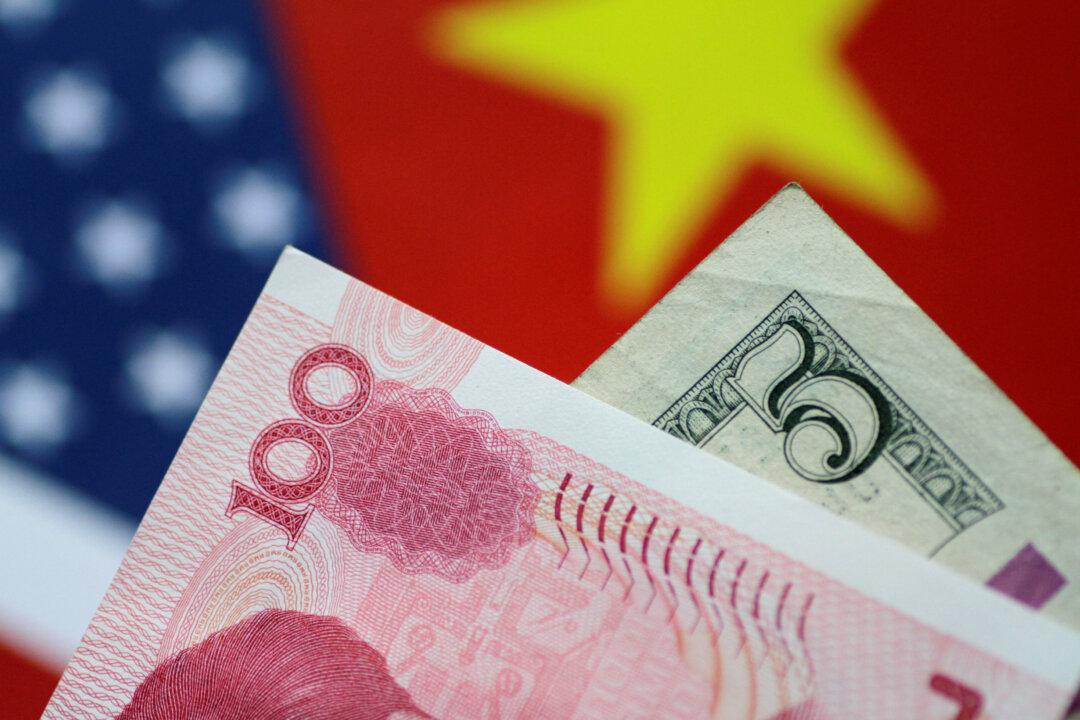SHANGHAI—China’s latest attempts at restricting outward investment by its residents show just how nervous policymakers in the world’s second largest economy are about possible capital flight spurred by a broadening Sino-U.S. trade war.
Beijing has been gradually easing monetary and fiscal policy this year, as it seeks to steer the economy through a period of slowing domestic growth and declining stock markets against the backdrop of escalating trade tensions with Washington.





